EXPLORING THE FLEURIEU PENINSULA
Generally, while touring I’ve got a place in mind that I either want to explore or just need somewhere to camp.
However, it was while I was heading south from Adelaide in South Australia that I was drawn to the bottom of the Fleurieu Peninsula.
Surprisingly not for the wineries (although they sure looked inviting driving past) but for the fact that I may see Kangaroo Island!
Little did I know at the time, but the Fleurieu Peninsula is known for its stunning rugged coastline.
Alongside white sandy beaches, oodles of wildlife, plus a few spectacular campsites thrown in.
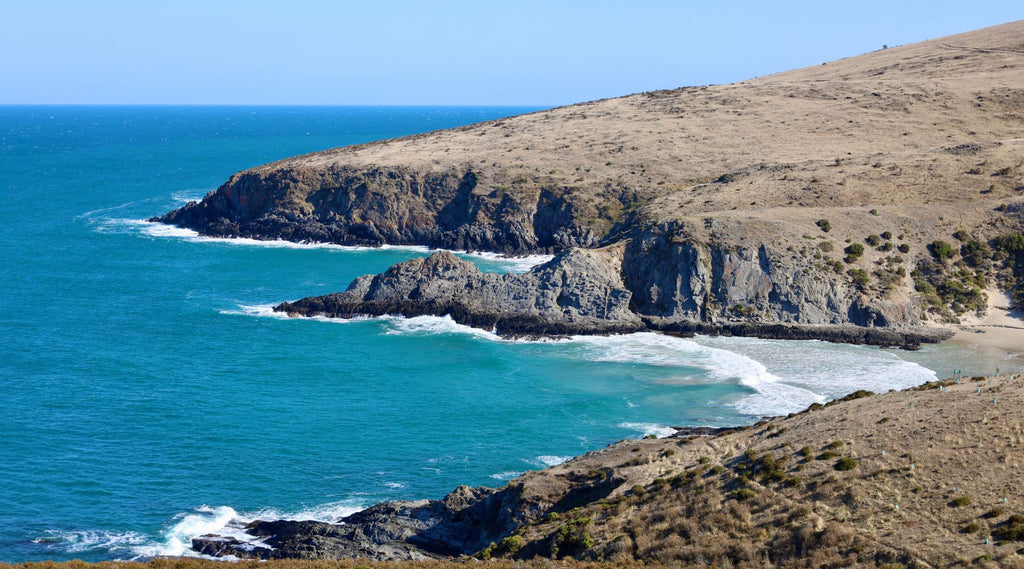
PRE-BOOK YOUR CAMPSITE
According to the map, the obvious place to head to was ‘Deep Creek National Park’ for a few days to explore what this area has to offer.
Being only 100km south of Adelaide it seemed like the perfect option.
Campsite bookings are essential and must be done online. So of course, as I was on the road, I had the problem of a poor signal while trying to book.
Down the bottom of the Peninsular the service is quite poor, so pre-book before you travel if you can.
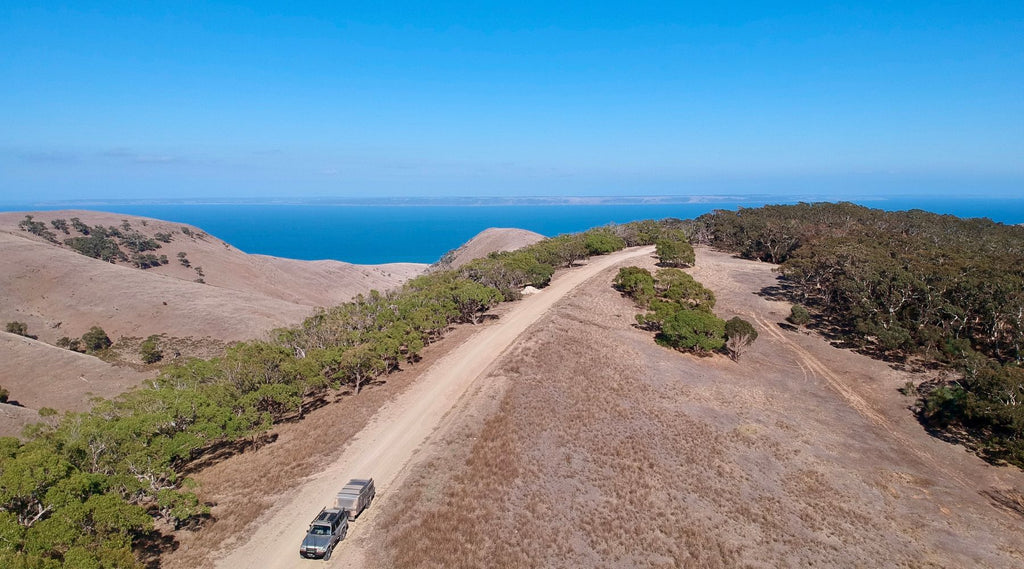
5 CAMPGROUNDS
I soon discovered there are 5 campgrounds within Deep Creek National Park.
So unless you’ve been here before, it is a bit hard to choose which is the one for you and because you need to book online it’s a bit of a gamble.
My options were limited, but I chose ‘The Trig Campground’, and boy I wasn’t disappointed!
The Trig campsite caters for all styles of camping, right through to offroad vans.
Most sites are private amongst huge grass trees or with gum trees screening you from the other sites.
There are fire pits in nearly all the sites and several toilets around the campground.
And if you're lucky enough to snag a site at the popular ‘Stringybark Campground’ they have hot showers.
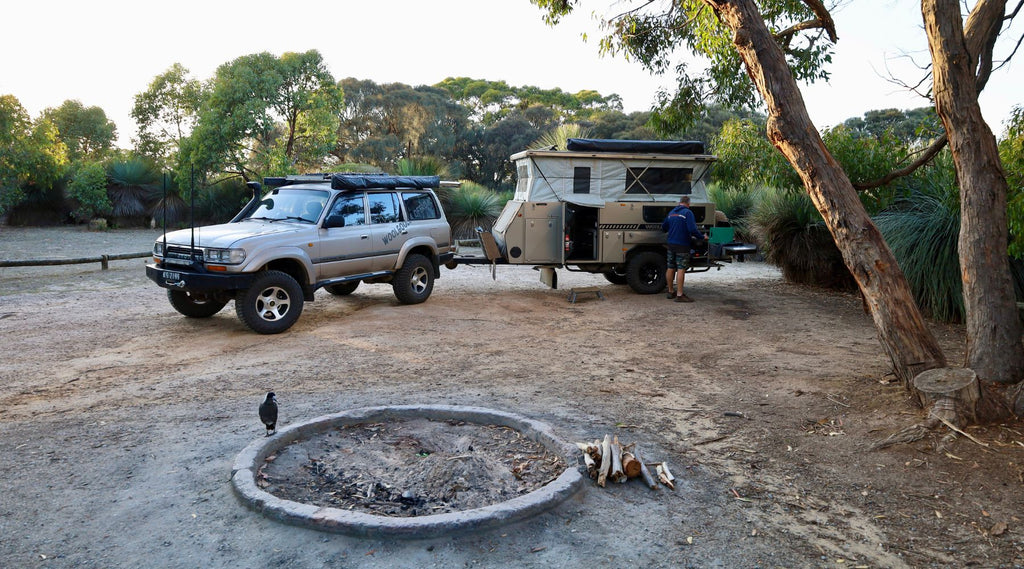
GOONDOOLO COTTAGE
If you're after a bit more comfort, the ‘Goondooloo Cottage’ is nearby.
The Goondooloo Cottage was built with ironstone walls, slate floors and tree trunk posts.
This depicts an early settler cottage but is filled with modern day comforts.
It has large panoramic windows overlooking the windswept paddocks towards ‘Pages Island’ and across the ‘Southern Ocean’.
Connecting to the ‘Trig Campground’, you will find several hikes through to local landmarks including the ‘Deep Creek Waterfall’.
From there you can cut across to the infamous ‘Heysen Trail’ that heads all the way up to the ‘Flinders Ranges’.
In fact, there are 15 walking trails in the Deep Creek National Park. The walking trails range from easy to difficult.

KANGAROO ISLAND VIEWS
Some trails provide spectacular views across to ‘Kangaroo Island’, ‘Back Passage’ and the rugged ‘Creek Valley’.
Two local Aboriginal language groups have a deep spiritual connection to the Fleurieu area.
The Kaurna and the Ngarrindjeri both illustrate through their dream time stories on how the landforms here were created.
The two groups have lived off the land here for thousands of years.
There are restricted areas that have significant importance to the groups and protocols are in place to protect their heritage.
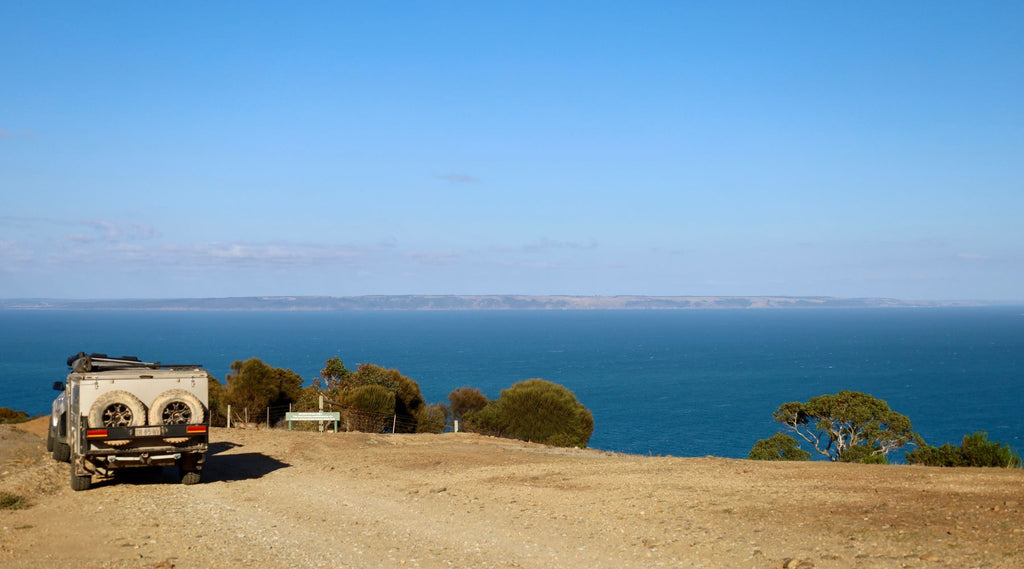
ROAD ACCESS
Nearly all the roads into and around Deep Creek National Park are 2WD accessible. This does explain why the campsites are always busy.
But there is one track on the western side of the park that’s 4WD only, down to 'Blowhole Beach'.
Rated as a medium track for the sheer steepness and the rough rocky sections. It is 4WD down and low 4WD back up again - as per the sign.
A relatively short 5km drive down to the car park, provides uninterrupted views across the straight to Kangaroo Island.
It's a sheer but magic trip all the way to the bottom.
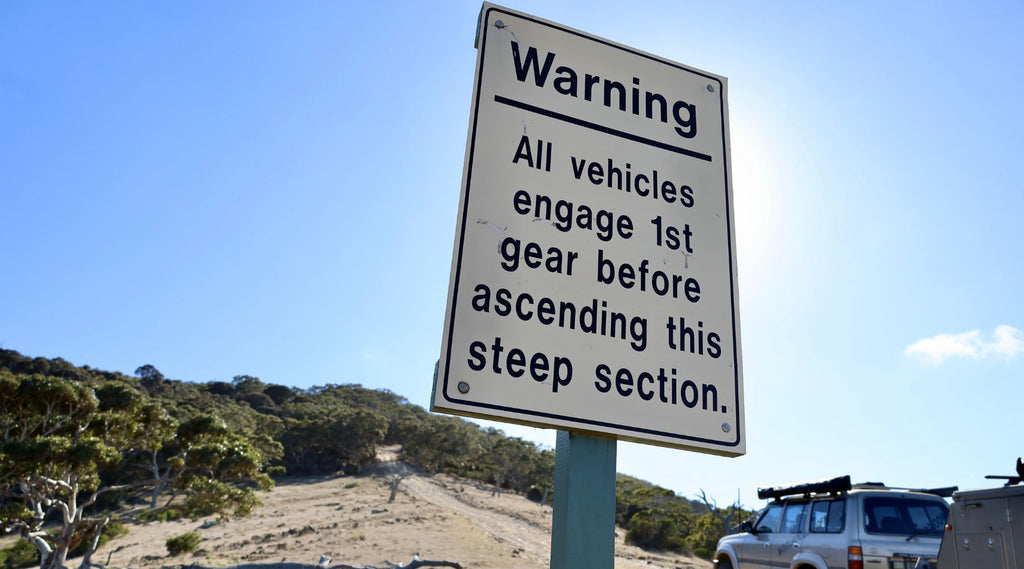
BACKSTAIRS PASSAGE
They call this ‘Backstairs Passage’. A 14km strait of treacherous water between the Fleurieu Peninsula and ‘Dudley Peninsula’ on Kangaroo Island.
Extremely strong and dangerous currents flow through here, connecting the ‘Gulf Saint Vincent’ and to the open ‘Southern Ocean’.
What makes this sanctuary so special is the two 80m deep submarine trenches.
These trenches are so unique and home to giant sponge gardens.
They also provide the perfect habitat for an array of sea life making this sanctuary zone extraordinary as a refuge for marine life.
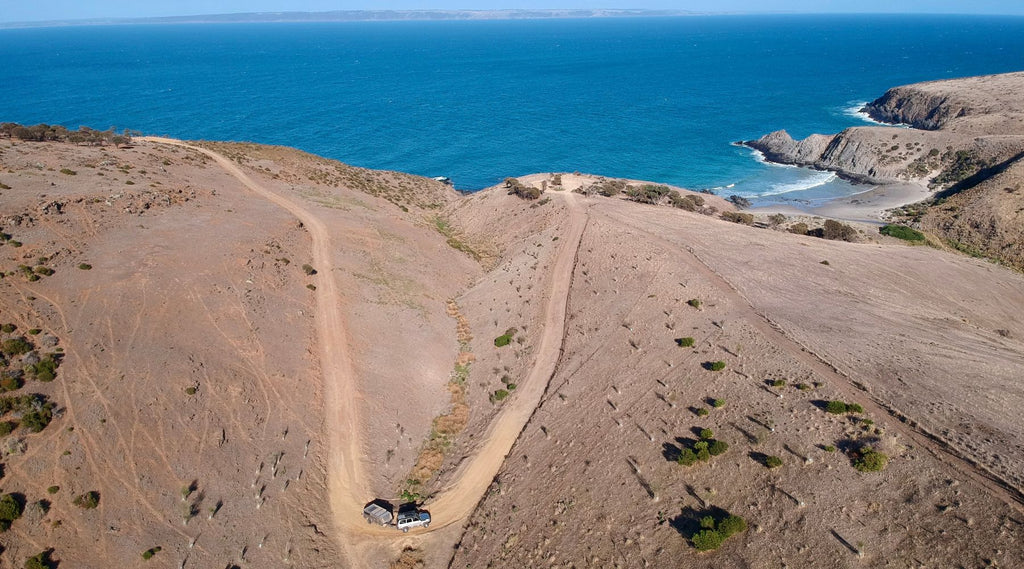
SEALS, WHALES AND SHARKS
During my travels here, I was chatting to a local ranger in the car park who was passionate about the area.
They said you could see Spotted Seals, Southern Right Whales and White Pointer Sharks in the bay below.
It’s simply a matter of being there at the right time on the right day.

TALISKER CONSERVATION PARK
Also on the western side of the Deep Creek NP is the ‘Talisker Conservation Park.
Here you’ll be blown away with some rich mining history.
Silver was discovered here in 1862 by a couple of Scottish brothers looking for gold.
The brothers named it the ‘Talisker of Scotland’ after a place near their hometown.
Up until 1872 they were the largest producing mines of silver and lead in South Australia.
Some even say the biggest in the Southern Hemisphere at the time.
After the minerals dwindled away, arsenic was discovered and this was mined until it finally closed in 1925.
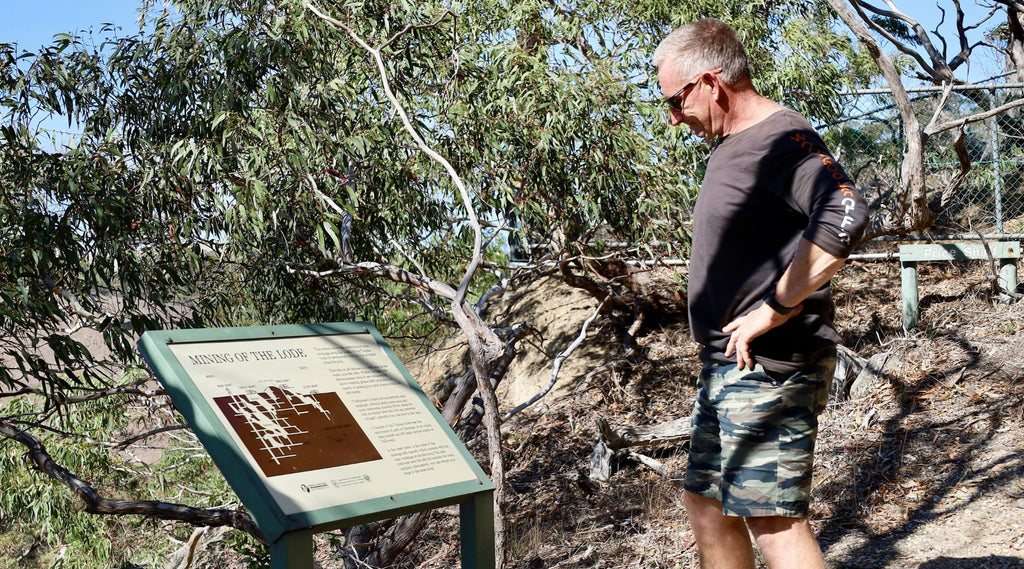
EXPLORING SILVERTON MINES
As I was walking around the old stone miners huts, manager's office, the old whim foundations and indeed the fenced off mines.
I was thinking how the Talisker mines must have been a huge operation back in the day.
Cornish miners worked hard across the years, transporting over 36,000 bags of ore to the waiting barges in ‘Fishery Bay’.
The Cornish carried the bags of ore out into chest deep water onto the barges, then transported to ships in deeper water for transportation.
The mine site is truly an amazing place to explore.
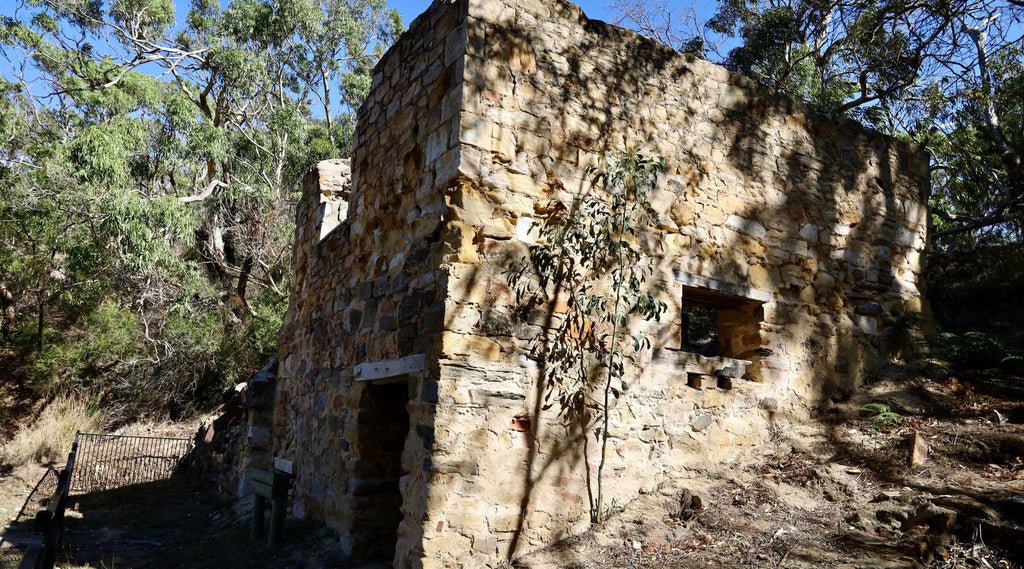
THE MINE RUINS
Where the main mining shaft is over 130m deep with eight levels connecting the other mines.
The mine hit water at 132m deep and the pump struggled to keep the water at bay, so a connecting shaft was dug out to act as a drain.
This can be found on the ‘Steep Creek Walk’ below the tailing mounds.
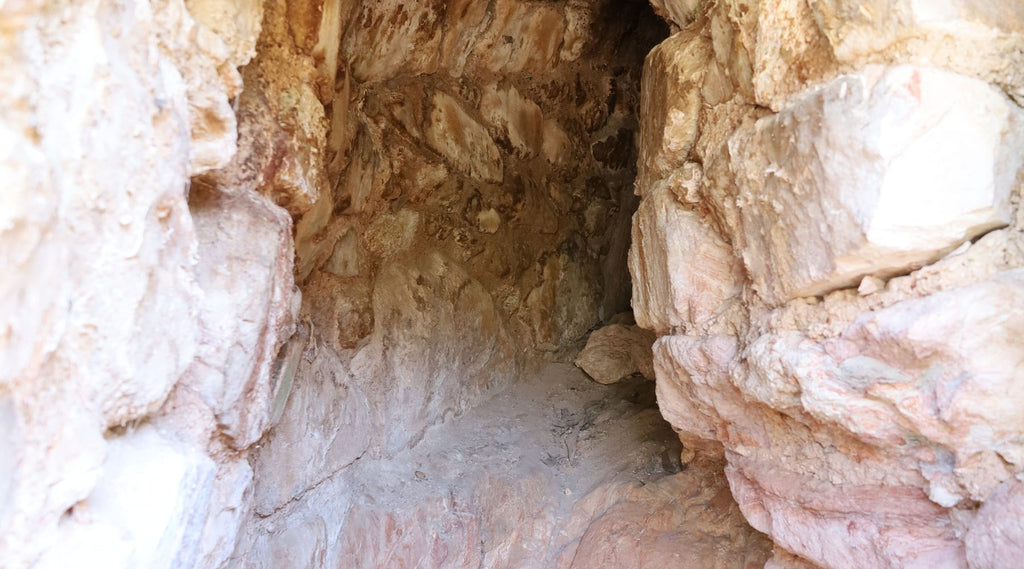
INTERESTING ARTEFACTS
Along the trail, I came across the round kiln which was built in 1869.
That was constituted to supply bricks for other structures.
Other buildings such as a miners cottage, the manager's office, the long stone flue and the round Cornish boiler next to the engineering shed.
You can find these interesting artefacts on the interpretive walk around the hill.
Allow yourself a good 2 hours to wander around the 1.5km loop.
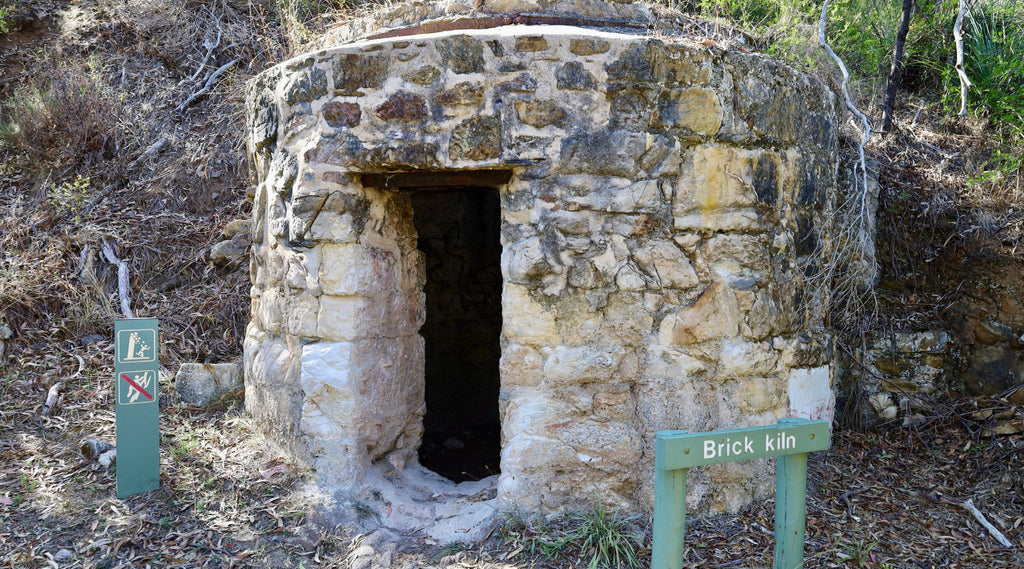
CAPE JERVIS
After some time here I headed down to the settlement of ‘Cape Jervis’.
‘Cape Jervis’ is the port for the ferries that head across to ‘Kangaroo Island’.
Just before 1834, John Haynes established a whaling station at the cape.
He employed 24 men, who were only successful in whaling for a few years. When Haynes died his operation was sold off.
In 1850 only one whale was caught by another operator and subsequently abandoned.
Mid 2000 evidence of old stone cottages and the former whaling station was uncovered at ‘Fishery Beach’.
Fragments of whale bone, chimney and flue remnants were enough evidence to recognise this as the old Headsman's hut from the whaling days.
Which according to archaeologists is the only hut identified in Australia to date.
There are only a few stone walls left to find, however projects are underway to preserve the site.

CAPE JERVIS LIGHTHOUSE
Across at the marina at Cape Jervis, the newer and unusual lighthouse was built in 1972. The latter lighthouse replaced the original much shorter round one built in 1871.
The original lighthouse stood only 7 metres high and was fitted with a kerosene wick burner lamp.
It was manned by two lighthouse keepers 24 hours a day.
Over the next 100 years, kerosene lamps were changed to incandescent kerosene vapour lamps.
In 1927 a gas flashing light was fitted and that was where the two keepers were withdrawn from service.
1972 saw the new 18 metre, fully automatic lighthouse built.
The original base of the 1871 lighthouse has been kept as a memorial in its original spot.
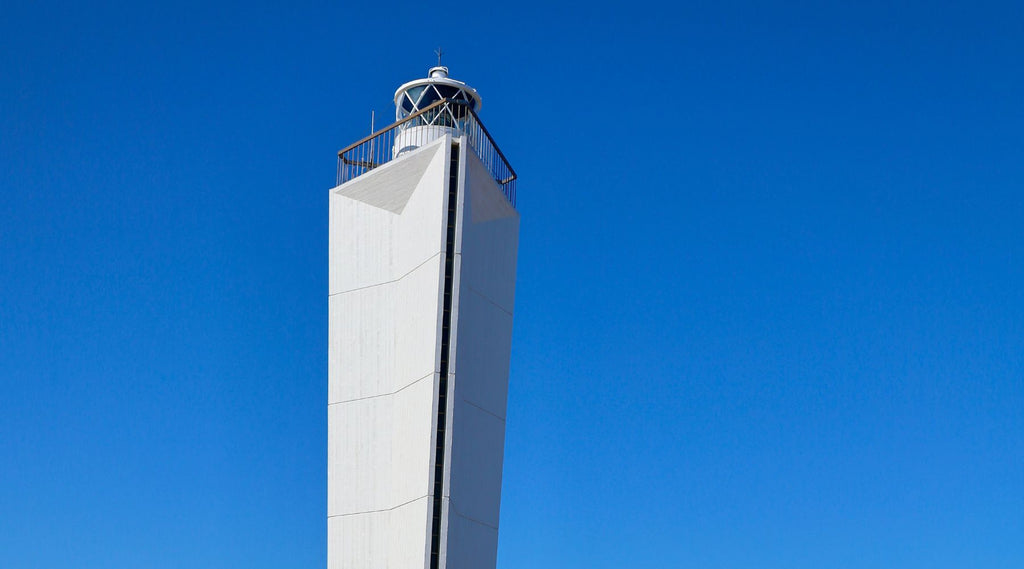
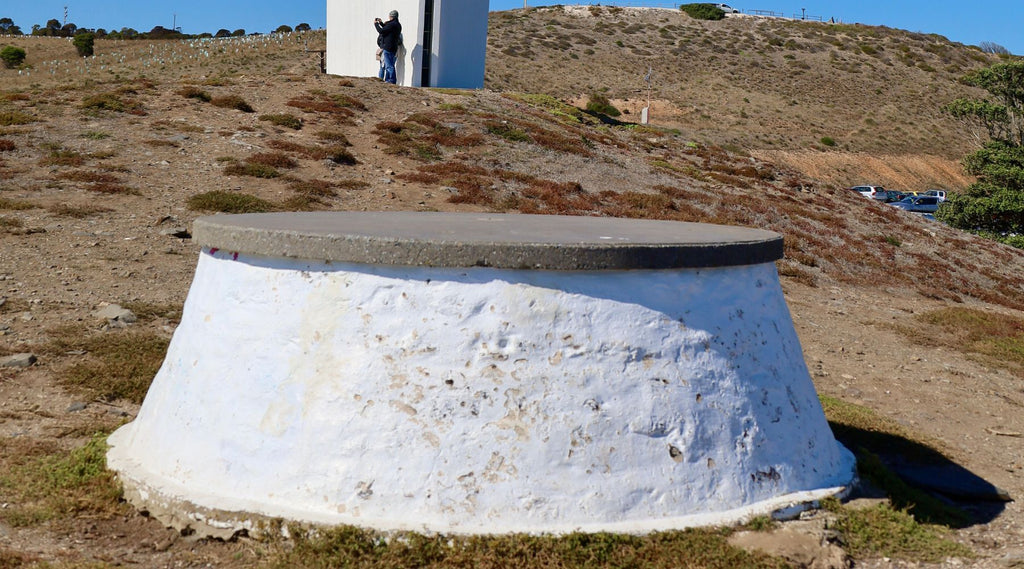 SA WILDLIFE
SA WILDLIFE
It's easy to work out that the Deep Creek National Park in South Australia is all about nature.
Along with the spectacular scenery, the native wildlife is just abundant here.
On land you have the western grey kangaroos, short beaked echidnas, and over 100 different bird species.
In the sea you have whales on their annual migration between June and October.
Put this park on your to do list when in the area, it really has to be seen to be believed.
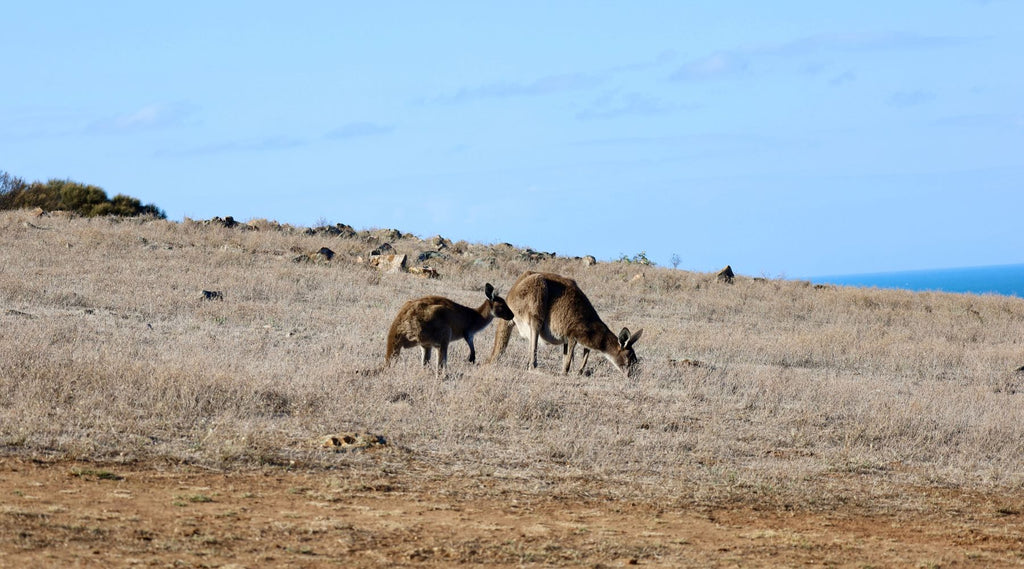
BEST TIME TO VISIT
My tip is early Spring or late Autumn would be the ideal time to visit.
Where the nights are cool with warm days, this would make for the time to explore the trails.
During summer the temps hit anywhere towards 35 making the area and the hiking trails very uncomfortable.
Not to mention the heat is dry in South Australia, so there is also a high bushfire risk in Summer.
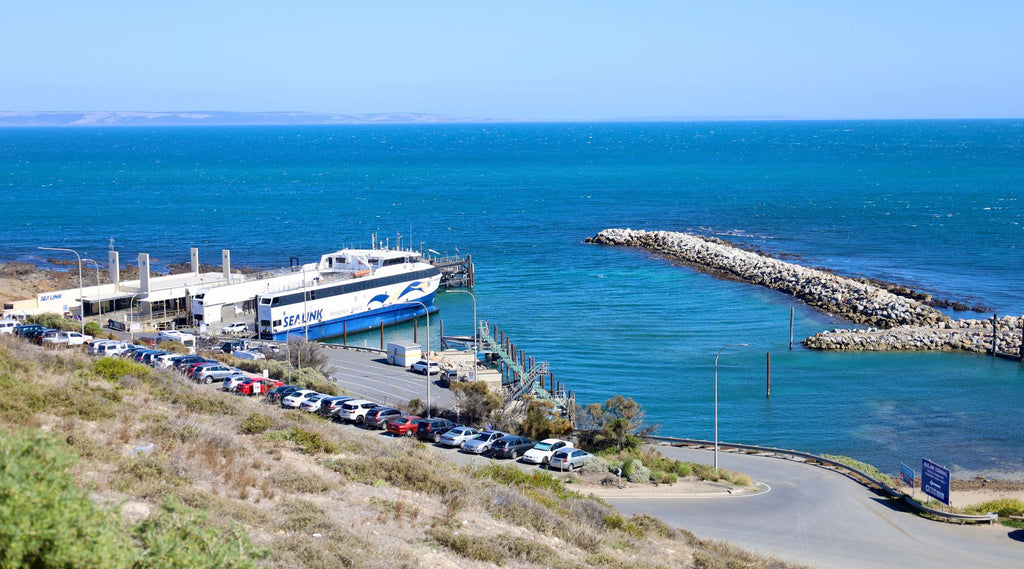
THINGS TO DO
During Winter and Spring whales pass by on their annual migration to the warmer waters after giving birth in the cool Antarctic waters.
There are plenty of vantage points throughout the Deep Creek National Park in South Australia.
Spend the day or ‘days’ following any one of the many hiking trails that create a network of fabulous walks across through the National Park.
If you have a 4WD you can head down to the Blowhole on the 4WD track and explore the coastline, spot marine life or throw a line in.
Spend the day at the old Talisker silver and lead mine site, wandering around exploring the ruins.
Or explore the amazing history of the Cape Jervis lighthouse.
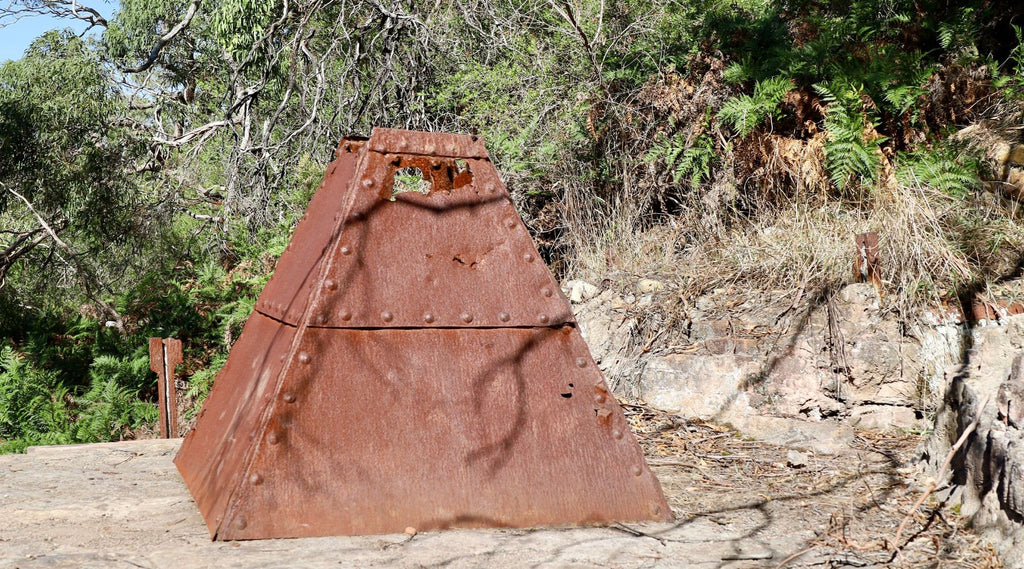
Written and photographed by North Storm® Ambassador Kev Smith of Woolgoolga Offroad
Please email us if you would like us to share your blog or travel tips - sales@northstorm.com.au or click here for our contact us form.

